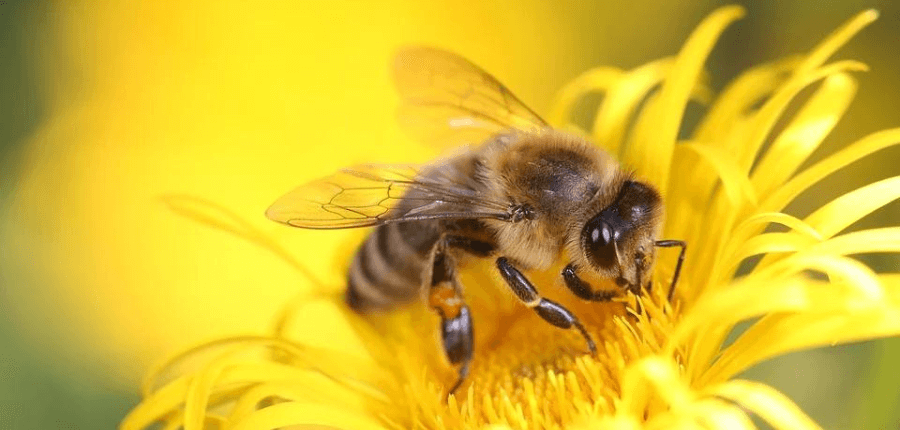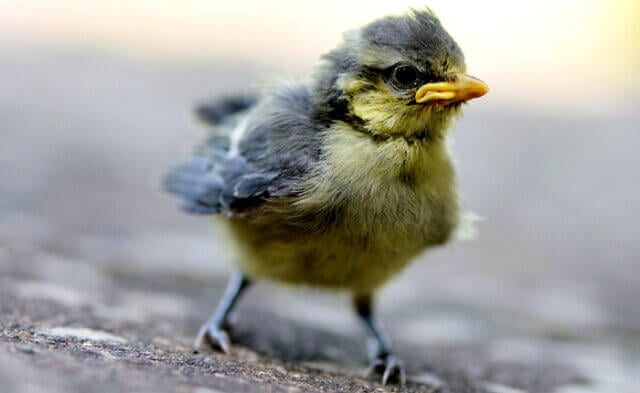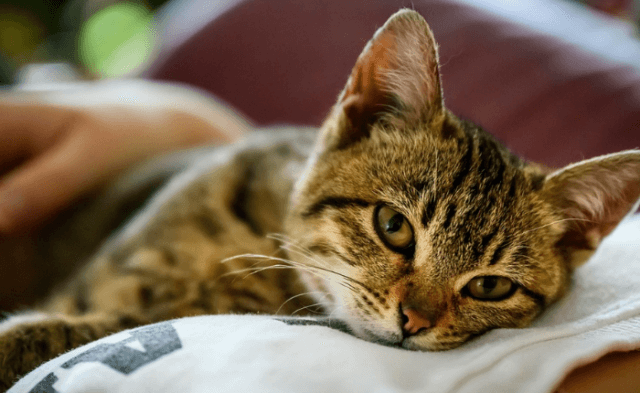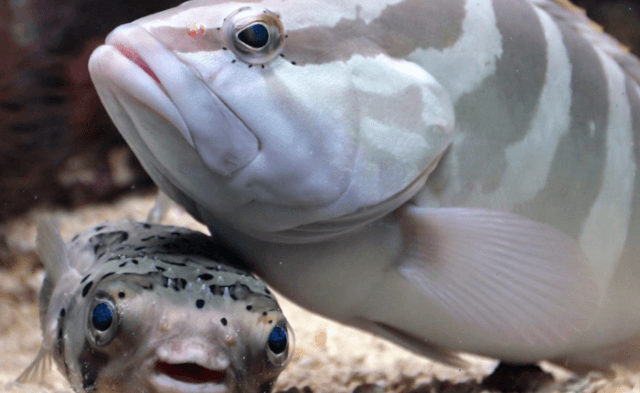By Melissa Sanger
When most people hear “save the bees,” they think of fuzzy honeybees buzzing about the garden. But honeybees, who aren’t native to North America, comprise only a tiny fraction of the bees who live among us. There’s a bustling world of native bees, each with their own unique contributions, characteristics and challenges. June 17 to 23 is National Pollinator Week, a time to deepen our understanding of all these buzzing beauties—and take action to protect them.
Of the world’s 20,000 (twenty thousand!) bee species, some 4,000 are native to the U.S. These unsung heroes of pollination play a pivotal role in maintaining the delicate balance of nature. Evolving alongside native flora, they have developed specialized skills in pollinating particular plant species, making invaluable contributions to the richness of local ecosystems.
Bees are responsible for pollinating 80% of the world’s flowering plants. Numerous crops, including tomatoes, potatoes and blueberries, rely on a process called “buzz pollination,” in which bees vibrate their tiny bodies to release the plant’s pollen—a behavior honeybees don’t exhibit.
Although humans benefit from pollination, bees exist for their own purposes. They are sentient beings with individual needs, desires and dreams. (Yes, really! Research suggests that bees may dream.) Every animal is someone, including insects.
Bees—from the diminutive Perdita minima, the world’s smallest bee at less than 2 millimeters long, to the oil-collecting Macropis ciliata, who looks more like a bat than a bee—are as diverse as the plants they pollinate.
Solitary bees live and work alone; others are social and form small colonies. Some species exhibit a mix of these behaviors, sharing entrance tunnels into the nesting sites of individual brood cells—kind of like an apartment complex.
Each species is adapted to their specific ecological niche. Female oil-collecting bees, for example, mix plant oils (instead of nectar) with pollen to nourish their young and ingeniously use these oils to waterproof their nests.
Yet despite bees’ versatility and adaptability, human-caused crises, including rising global temperatures, habitat destruction and rampant pesticide use, threaten their very existence. Many species are on the brink of extinction.
Neonicotinoids were introduced in the ’90s as “safer” alternatives to other pesticides. These insecticides are widely used as seed coatings and are absorbed by the plants as they grow, making them toxic to bees and other insects who land on or eat them.
Fortunately, there is cause for hope. In 2023, New York enacted the nation’s first ban on the use of neonicotinoid-treated seeds, and other states have passed legislation restricting the sale and use of these deadly chemicals.
Individual actions also make a meaningful difference in supporting pollinators.
You can start by planting a garden with a wide variety of native flowering plants. Local environmental organizations, botanical gardens and online resources can provide information about which plants are indigenous to your area, and many regions have native plant societies or gardening clubs where enthusiasts share knowledge and resources. People with limited outdoor space can grow herbs or flowers in window boxes or pots on a balcony.
In addition to planting for pollinators, it’s good to incorporate other elements into your garden, including water features, sheltering nooks and nesting sites to create a welcoming environment.
Bees can’t swim, so a shallow dish filled with pebbles, marbles or something similar for them to land on creates an ideal drinking spot. When you add water, ensure that it reaches no higher than the landing surface. Clean the dish and its contents and refresh the water often.
Be a natural gardener: Never use pesticides of any kind. Keep areas of your yard unmowed so wildflowers and native grasses can flourish, offering essential food and habitat for bees and other wildlife. And in the fall, leave some plant stems and debris as winter shelter for bees and other insects.
Saving the bees requires a shift in how we perceive and interact with the natural world. As we enjoy flowers, veggies and the (literal!) fruits of bees’ labor, let’s also do everything we can to save these precious pollinators.





